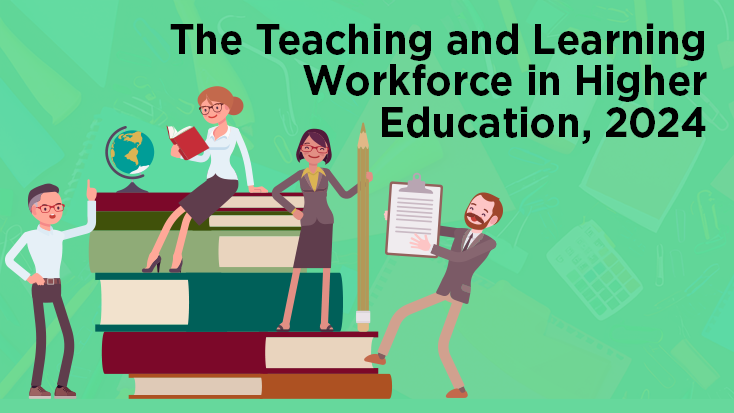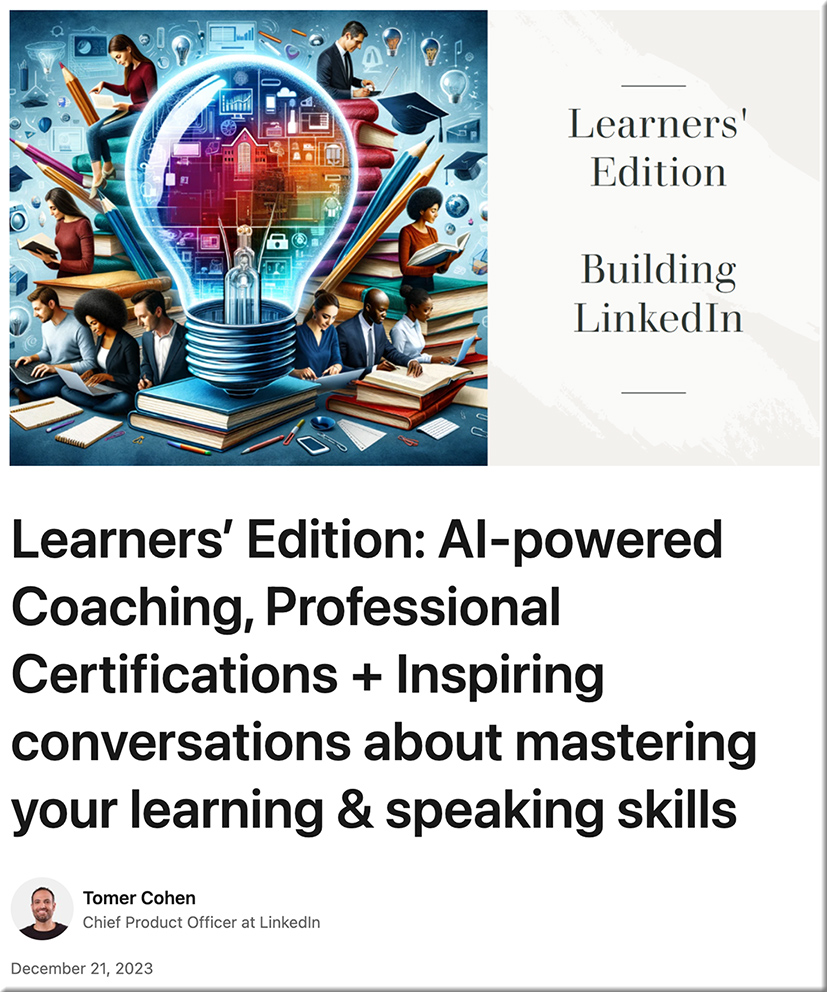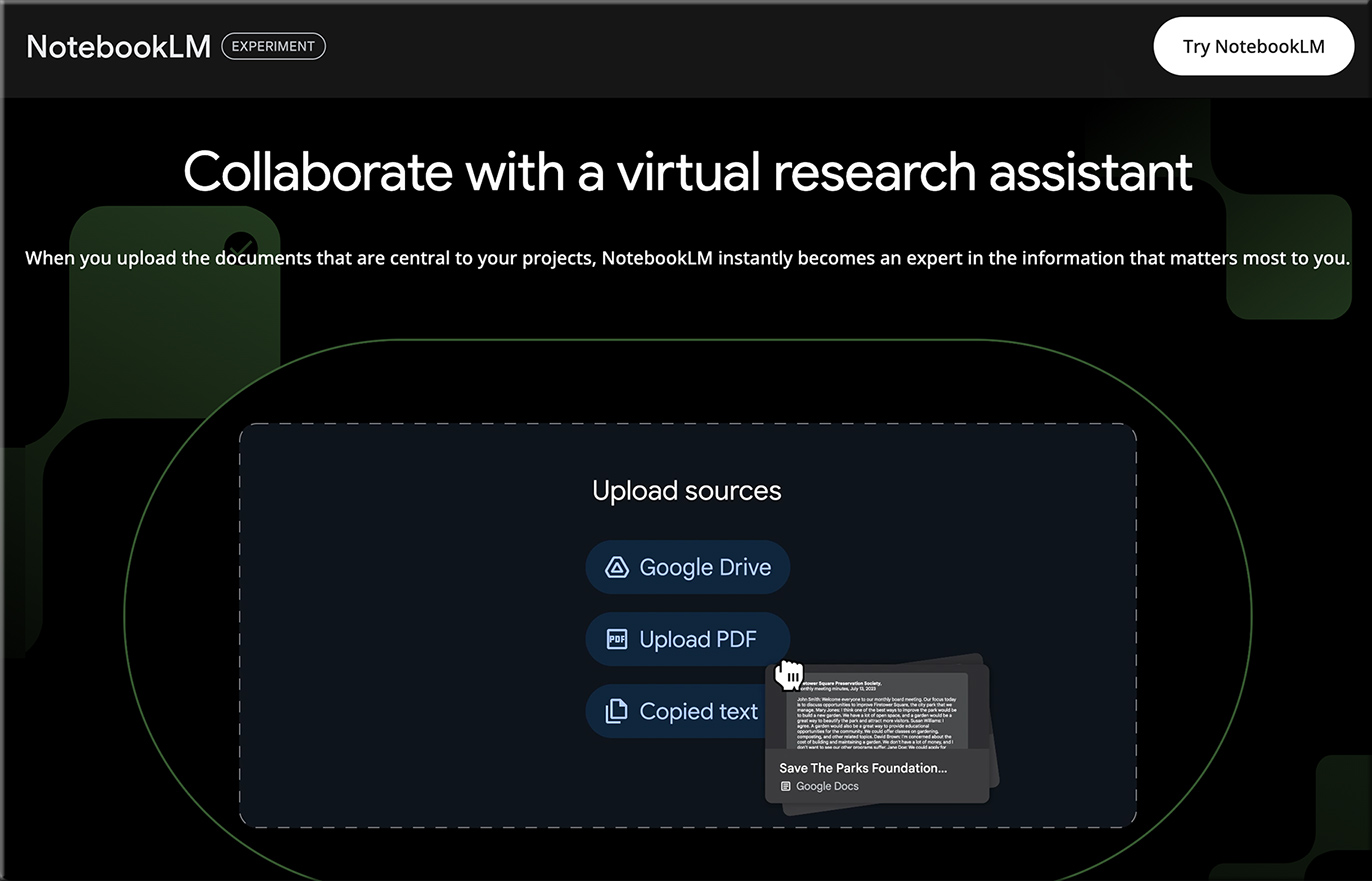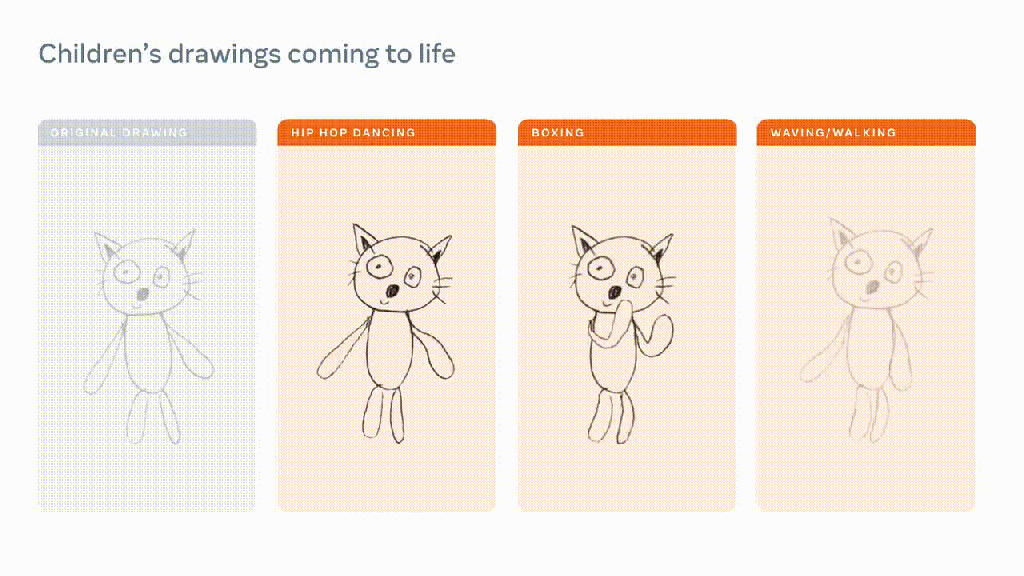AI-related tools and tips dominate ’60 in 60′ Techshow session — from abajournal.com by Danielle Braff
Four days of seminars, lectures and demonstrations at the 39th annual ABA Techshow boiled down to Saturday morning’s grand finale, where panelists rounded up their favorite tech tips and apps. The underlying theme: artificial intelligence.
“It’s an amazing tool, but it’s kind of scary, so watch out,” said Cynthia Thomas, the Techshow co-chair, and owner of PLMC & Associates, talking about the new tool from OpenAI, Sora, which takes text and turns it into video.
Other panelists during the traditional Techshow closer, “60 sites, 60 tips and gadgets and gizmos,” highlighted a wide of AI-enabled or augmented tools to help users perform a large range of tasks, including quickly sift through user reviews for products, generate content, or keep up-to-date on the latest AI tools. For those looking for a non-AI tips and tools, they also suggested several devices, websites, tips and apps that have helped them with their practice and with life in general.
ABA Techshow 2024: Ethics in the Age of Legal Technology — from bnnbreaking.com by Rafia Tasleem
ABA Techshow 2024 stressed the importance of ethics in legal technology adoption. Ethics lawyer Stuart I. Teicher warned of the potential data breaches and urged attorneys to be proactive in understanding and supervising new tools. Education and oversight are key to maintaining data protection and integrity.
Startup Alley Competition Proves It Continues To Be All About AI — from abovethelaw.com by Joe Patrice
Though it might be more accurate to call TECHSHOW an industry showcase because with each passing year it seems that more and more of the show involves other tech companies looking to scoop up enterprising new companies. A tone that’s set by the conference’s opening event: the annual Startup Alley pitch competition.
This year, 15 companies presented. If you were taking a shot every time someone mentioned “AI” then my condolences because you are now dead. If you included “machine learning” or “large language model” then you’ve died, come back as a zombie, and been killed again.
Here Are the Winners of ABA Techshow’s 8th Annual Startup Alley Pitch Competition — from lawnext.com by Bob Ambrogi
Here were the companies that won the top three spots:
- AltFee, a product that helps law firms replace the billable hour with fixed-fee pricing.
- Skribe.ai, an alternative to traditional court reporting that promises “a better way to take testimony.”
- Paxton AI, an AI legal assistant.
Class action firms ask US federal courts to encourage virtual testimony — from reuters.com by Nate Raymond
Summary:
- Lawyers at Hagens Berman are leading charge to change rules
- Proposal asks judiciary to ‘effectuate a long overdue modernization’ of rules

















